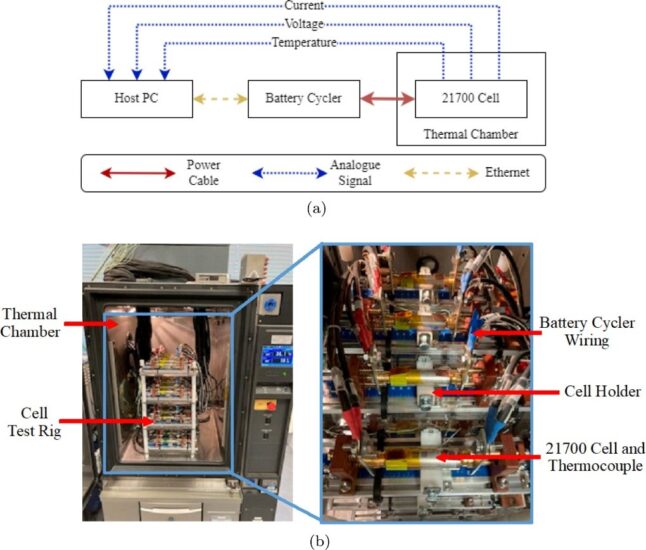Supercharged: Do Your eVTOL Batteries Have What It Takes – to Land Safely?

Scientists from the University of Warwick, Coventry along with engineers from Bristol, UK-based Vertical Aerospace are working together to best understand the performance capabilities of the batteries eVTOLs will use to power their operations. They are focused on requirements for reserve energy, the type necessary during emergency operations. The current literature reveals that the battery energy reserves should be limited to mitigate against a precipitous drop in voltage.
The researchers, Ollie Hatherall, Anup Barai, Mona Faraji Niri, Zeyuan Wang, and James Marco, propose a new method for defining the lower boundaries of battery reserve power in their article, “Novel battery power capability assessment for improved eVTOL aircraft landing.” As opposed to current measurement methods which perform pulses at predetermined SoC points, the group devised a power capability testing method to measure the lowest state-of-charge (SoC) at which a constant power pulse can be completed. Their method seeks to understand and quantify the power capability performance at low SoC. They tested their method in a variety of environmental conditions and use cases and differently aged cells. The calendar aged cells used SoC values ranging from 6% to 14%, the cycle aged cells were tested at ranges from 8% SoC to 27% SoC. The results of the research proved that in worst-case scenarios, the useable SoC range for nominal flight is significantly impacted if cell degradation is not considered.
Your battery visualized in 3-D
What the research reveals is a three-dimensional characteristic map using pulse power, pulse duration, and temperature inputs to determine the lowest SoC at which a constant power pulse can be completed. Additionally, the characteristic map yields a maximum absolute percentage error of 7.5%. Within that parameter, for worst-case scenarios the lowest SoC for calendar aged cells is14% and the lowest SoC for cycle aged cells is 27%. Clearly, the study concludes, the substantially greater power loss from cycle aging would demand more frequent and vigilant tracking of battery health increase safety and performance.

Stay up-to-date with the latest urban air mobility, advanced air mobility, and eVTOL news? Subscribe to AeroCar Journal today. It’s free for a limited time!
#aerocarjournal #evtol #evtols #aam #uam #airtaxis #flying cars, #drones #lithium-ion #verticalaerospace #rollsroyce #honeywell #dassault #leonardo #molicell #sysensqo


